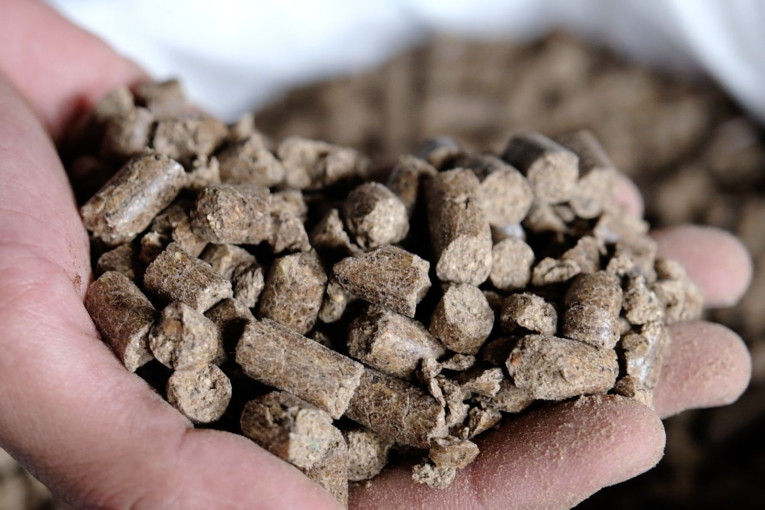
Smallholder farmers still account for around 90 percent of national dairy cattle production. Each farmer typically owns 2-3 cows, with an average daily output of 8-13 liters per cow.
However, this production has been estimated to decline following the Foot and Mouth Disease (FMD) outbreak, primarily affecting dairy cows. Therefore, special efforts are needed to boost national dairy cow production and productivity.
A team from the Animal Feed Technology Laboratory (TMT) of the UGM Faculty of Animal Science has developed an immunobooster concentrate product to increase cow milk production, particularly after disease infections.
This supplement contains corn, copra, palm kernel cake, corn gluten meal, cassava pulp, wheat bran, molasses, palm oil, mineral premix, and vitamin premix.
One of the researchers, Moh Sofi’ul Anam, stated that this feed supplement product can enhance productivity and improve the health of cattle and sheep.
According to him, when dairy cows are infected with Foot and Mouth Disease (FMD), their milk production decreases drastically, but after being given the immune booster, it increases again.
“When affected by FMD, milk production drops by up to 50 percent from the initial production level. Then, after treatment, milk production can return to normal. For example, if it initially produced 12 liters after contracting FMD, it drops to 5-6 liters. After being given this supplement, it can return to a normal level of 11-12 liters,” said Anam on Thursday (Aug. 29).
Anam explained that the immune booster is a concentrated formula containing high-density energy protein, essential macro-micro minerals, probiotics, and herbs to complement and balance the feed’s nutritional content.
He further mentioned that the development of this nutritional feed innovation for cows and sheep aims to address the issue of milk and meat production among farmers.
One key to increasing milk and meat production is improving the quality of nutrition through this feed technology.
“The FMD outbreak has caused significant losses, so feed innovation is needed to boost the immunity and productivity of livestock,” he explained.
Author: Satria
Editor: Gusti Grehenson
Photo: Moh Sofi’ul Anam

